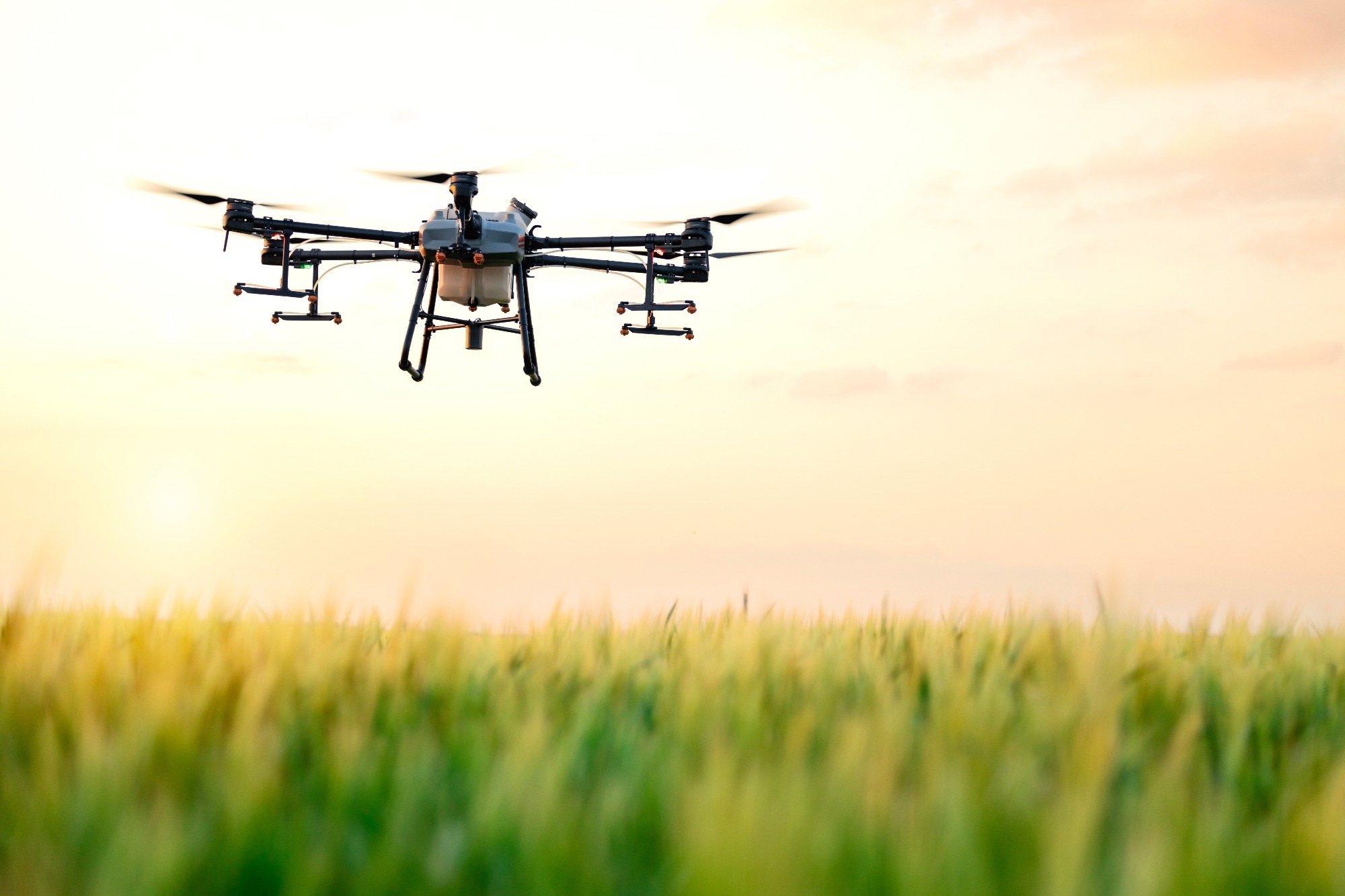
Image Credit: Aleksandar Malivuk/Shutterstock.com
The project, led by David Saldaña and supported by a National Science Foundation CAREER award, combines adaptive control with reinforcement learning to help drones adjust instantly to shifting forces. Inspired by nature and designed for real-world impact, this approach opens new possibilities in construction, disaster response, and industrial automation, bridging the gap between robotic precision and the instinctive responsiveness found in living creatures.
Most aerial robots today are built to handle rigid, predictable objects. Flexible materials like cables, tarps, or hoses introduce complex, variable forces that challenge traditional robotic control.
Saldaña, an assistant professor at Lehigh University, found inspiration in the way squirrels intuitively adjust to unstable environments. Backed by a $600,000 NSF CAREER award, his research focuses on developing control systems and reinforcement learning algorithms that allow drones to adapt in real time, even without prior knowledge of an object’s properties.
The potential applications are wide-ranging: drones could assist in placing materials during high-rise construction, deploy emergency supplies like fire hoses or plastic sheeting in disaster zones, or handle delicate packaging materials in warehouses. While conventional systems struggle with the unpredictability of flexible objects, Saldaña’s framework offers a path toward safer, more adaptable automation.
Merging Nature and Robotics
The idea started with a simple observation: squirrels instinctively adjust to the bend and bounce of branches. That biological agility became a model for the kind of responsiveness drones would need to handle non-rigid materials effectively. Unlike tasks involving static objects, flexible materials require drones to respond in real time to shifting forces and unexpected movements.
Saldaña’s solution blends two technologies. An adaptive controller provides immediate stability, compensating for external forces as they happen. On top of that, reinforcement learning helps the system improve its performance over time, fine-tuning its actions through experience. It’s a layered approach - reflexes backed by learning - that mirrors how living organisms adapt to dynamic environments.
Consider a drone carrying a flexible rod. If the rod bends mid-flight, the adaptive controller reacts instantly to stabilize the load, while the learning algorithm refines the handling technique with each attempt. This hybrid model dramatically reduces the need for extensive pre-programmed training, enabling the robot to adapt quickly to new and unpredictable scenarios.
The result is a system that could take on high-risk tasks, like securing materials on tall buildings or deploying emergency equipment during severe weather, without putting human workers in harm’s way.
Real-World Potential
This research has meaningful implications across several high-stakes industries. In construction, drones equipped with this technology could replace humans in placing steel cables or beams at dangerous heights. In emergency response, they might deploy hoses, cover damaged rooftops, or navigate through obstructed areas. In industrial environments, drones could handle deformable materials that are too complex for rigid automation systems.
The key lies in the seamless integration of adaptive control and reinforcement learning. The adaptive layer acts as a stabilizer, allowing the robot to react instantly to changes in force, while reinforcement learning builds efficiency and coordination with every task. For example, a drone learning to carry a hose might start by simply avoiding drops - but over time, it would develop smoother paths and better grip adjustments through trial and error.
According to Saldaña, this kind of combined system is still rare in aerial robotics, particularly for handling flexible materials. The next step is to move from lab simulations to real-world testing - bringing the agility of squirrels into the skies, in the form of highly responsive flying machines.
Conclusion
David Saldaña’s NSF CAREER research marks an important step forward in aerial robotics, enabling drones to adapt to flexible, unpredictable materials with the kind of agility usually found in the natural world. By combining real-time control with machine learning, the project addresses a long-standing limitation in robotic manipulation - and opens the door to safer construction sites, faster emergency response, and more advanced industrial automation.
As testing continues, the idea of drones that think and move with animal-like adaptability is no longer a distant concept, but a fast-approaching reality.
Disclaimer: The views expressed here are those of the author expressed in their private capacity and do not necessarily represent the views of AZoM.com Limited T/A AZoNetwork the owner and operator of this website. This disclaimer forms part of the Terms and conditions of use of this website.